Bimbimbie16th April '03 |
 |
 |
 |
 |
 |
 |
 |
 |
 |
 |
Exxentricity31st May '03 |
 |
 |
 |
 |
Radio13th August '03 |
 |
 |
 |
 |
 |
 |
 |
 |
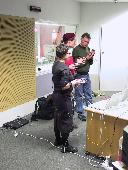 |
 |
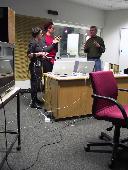 |
 |
 |
Meiso14th August '03 |
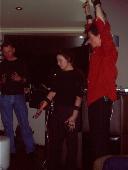 |
 |
 |
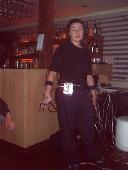 |
Quantacrib3th October '03 |
 |
 |
 |
 |
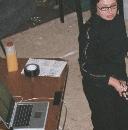 |
Electrofringe4th October '03 |
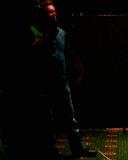 |
 |
 |
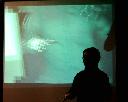 |
 |
Electrofringe4th October '03 |
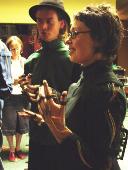 |
 |
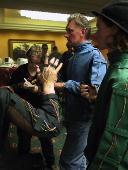 |
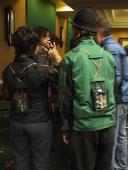 |
 |
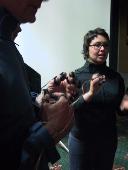 |
 |
 |
 |

